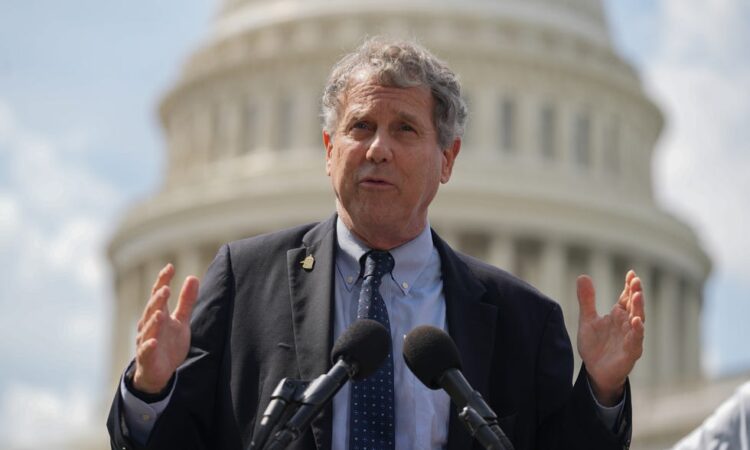
Sen. Sherrod Brown’s speech to graduates of a Columbus trade program read like a love letter to union workers.
Addressing the latest class of the Central Ohio Building Futures Program, he told the group they’d get more than a job with good wages and benefits. They were about to be part of American history.
“You’re looking out for the whole union movement, and you’re looking out for the whole community,” Brown said during the August ceremony. “Having a union means progress for all of us. When you love this country, you fight for the people and make it work.”
Ohio Senate race:Who’s running against Sherrod Brown for Ohio’s U.S. Senate seat in 2024?
add a comment













